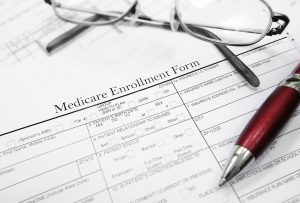We plan carefully to ensure that we have a good retirement income, but does that include money set aside to meet increasing medical expenses?
Recent medical advances that improve our lives have now changed the way we all need to plan for retirement. Many diseases like heart attacks, cancer and diabetes have now become chronic illnesses instead of being sure paths to early death.
According to a recent article in “USA Today,” as the population ages, there is a resulting increase in the number of doctor and hospital visits. This is creating a need to plan for more medical expenses in retirement, including more prescription costs.
There are a number of options to set aside money for medical expenses − one of which is a Health Savings Account (HSA). These are savings accounts that accompany a high-deductible health plan and they allow individuals to set aside money for medical expenses that high-deductible health insurance does not cover.
Contributions to an HSA are defined by the IRS and are tax-deductible up to the annual federal limits. In 2008, the limits are $2,900 for an individual and $5,800 for a family. For individuals over the age of 55, “catch-up” contributions of $900 can also be added. These limits increase in 2009 to $3,000 individual, $5,950 family and catch-up contributions of $1,000. In addition to the tax advantages for saving money, withdrawals are not taxed as long as the money spent from the account is for legitimate medical purposes.
Make sure your financial planning covers future medical expenses. Talk with an advisor who understands Medicare, Medicare Supplements, Medicare Advantage plans and HSAs. The planning you do now will ensure your medical expenses will be covered.
This article was published on October 5, 2008 in the Columbus Dispatch Supplement.

